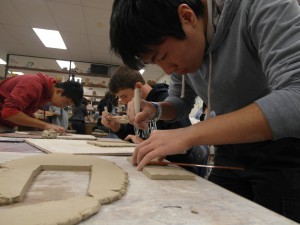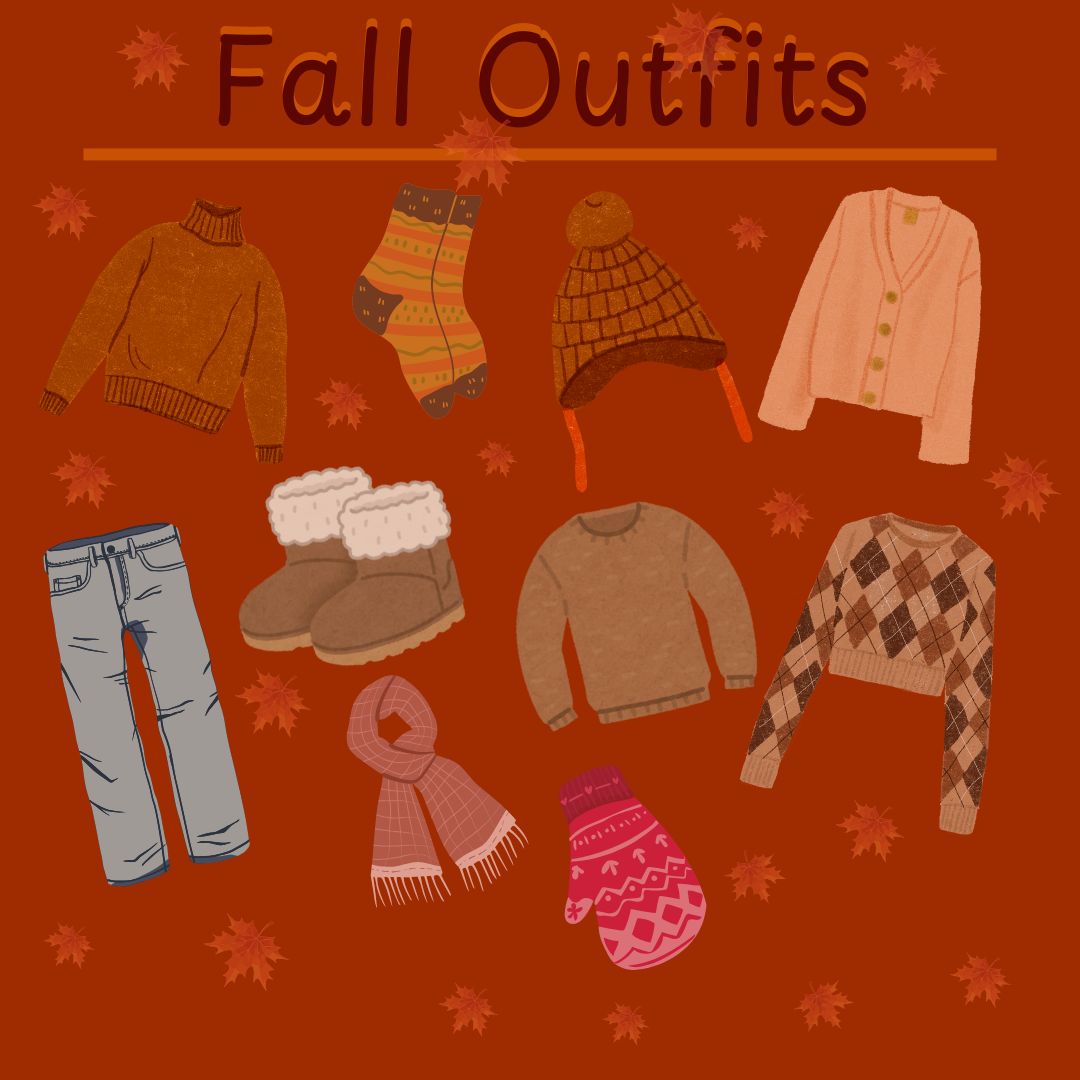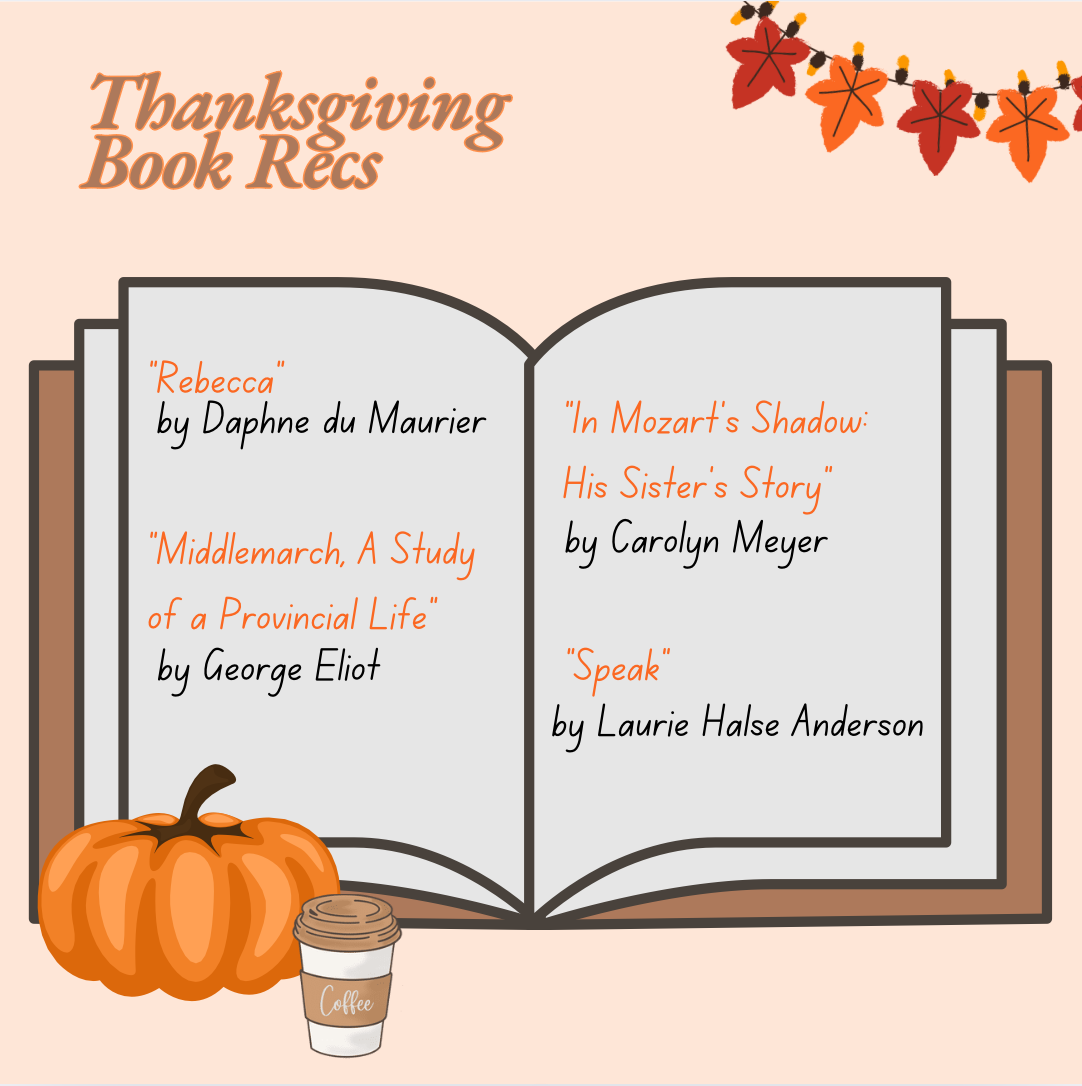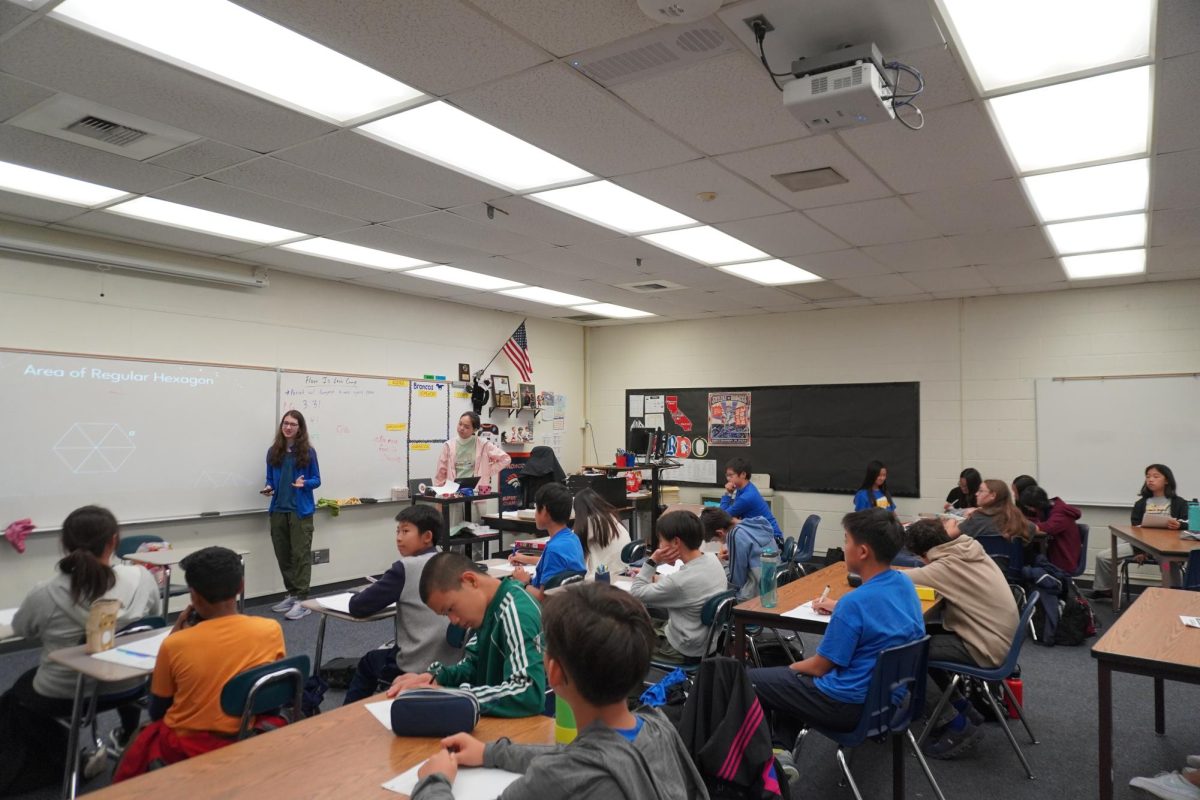
By NANCY WU
Staff Writer
For decades, art programs have been steadily decreasing in elementary, middle and high schools across the country.
In 2002, Congress passed the No Child Left Behind (NCLB) law, which mandates states to develop and implement reading and math standards, and all students in a school to be “proficient” according to each state’s standards of proficiency. In California, six school districts—not including Irvine Unified School District—were given waivers to create their own standards. The parents and teachers who fought against NCLB thought it would pressure schools to focus more on academic subjects and not any of the arts.
A decade later, in 2012, the National Center for Education Statistics published a survey that reported the changes of arts education in the United States since the 1999-2000 school year. Arne Duncan, U.S. Secretary of Education, said, “This is the first survey that enables us to get a clear sense of how the No Child Left Behind law affected arts education.” The report showed mixed results.
Ten years ago, 87 percent of elementary schools offered visual arts classes—now only 83 percent. In terms of drama classes, 20 percent dropped to 4 percent. According to the official blog of the U.S. Department of Education, less than half of America’s secondary schools required students to take art courses in order to graduate in the 2009-10 school year. However, at the national level, the survey showed that arts education had not experienced a significant decline in secondary schools.
Funding also plays an important role in providing an arts education. Currently, more than 95 percent of students in the U.S. are attending schools that are experiencing budget cuts. Most schools are affected by budget cuts, and due to laws like NCLB, art programs are the first to be cut.
However, the arts are an important component in achieving academic success. “High-quality arts education is absolutely critical to providing all students with a world-class education,” said Arne Duncan. Participation in the arts encourages creativity, critical thinking and innovation. It also can teach students in ways other classes cannot. One study conducted at Concordia University showed that musical training causes long term changes in brain structure and motor abilities, as well as in communication.
Fortunately, University High School (UHS) offers a variety of art classes, including 2-D design, studio art, ceramics, drama, choir and dance. The recent changes in the schedule—allowing UHS students to take an additional non-academic class—have helped to promote participation in the arts. UHS has recently been able to add an additional Drama 1 class. The drama program and all band groups have grown in size since last year.
Nevertheless, the arts will never seem to be held at the same level as academics even though the arts have just the same practical, real-world applications. Ms. Kramer (Visual and Performing Arts Dept.) said, “What people don’t understand is that the things that are up and coming now—that are overtaking industries—is graphic design, web animation, video design and are purely based on design. Everything is designed.” When asked about how the arts should be prioritized, Ms. Kramer said, “[Art] is an academic class. It teaches you how to think creatively, how to work in groups, how to work on your own, how to be a leader, and it teaches you how to problem solve. I definitely think it should be given the same priority as everything else.”
Some students have also felt similarly about the arts. “When I was in elementary school,” said Andrew Li (Fr.), “we only had art once every month, sometimes less.” The pressure to get good grades and be successful in academic classes has pushed students to put art on the backburner. “I know a lot of people who wanted to take music as their elective but instead, chose Spanish, because they wanted to have four years of foreign language,” said Vani Dewan (So.).
Are arts being put on the back burner?
February 4, 2015

0
Tags:
Donate to Sword & Shield
$180
$1000
Contributed
Our Goal
Your donation will support the student journalists of University High School. Your contribution will allow us to purchase equipment and cover our annual website hosting costs.
More to Discover













